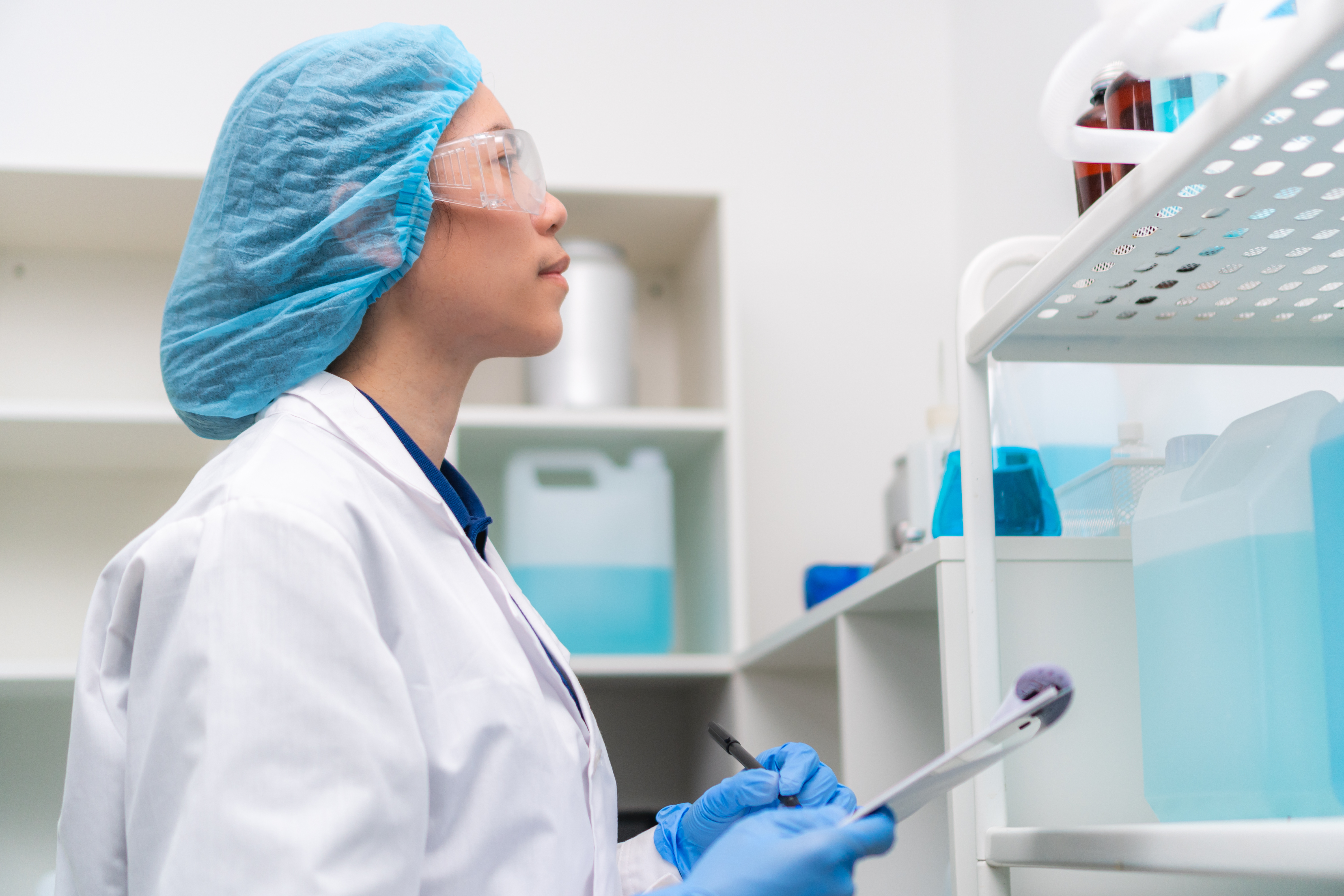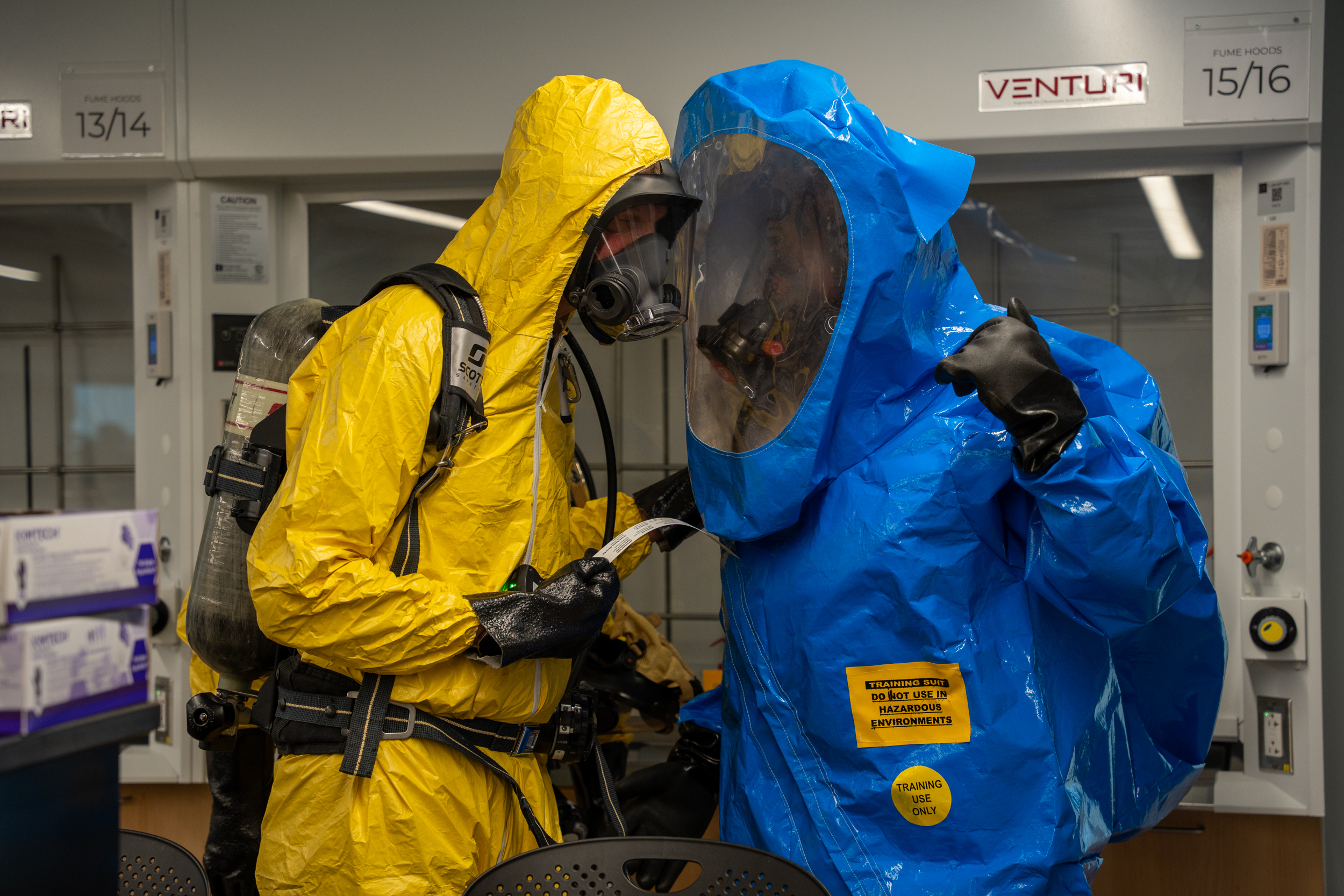Update, Verify Chemical Inventory by Dec. 12
In January 2026, Environmental Health and Safety (EHS) will launch CampusOptics, an all-in-one platform that streamlines access to EHS-related requests and information through a single, user-friendly interface.In advance of the launch, users with current chemical inventory in EHS Assistant need to verify and/or update their inventory by December 12, 2025. Once the CampusOptics implementation is c...




